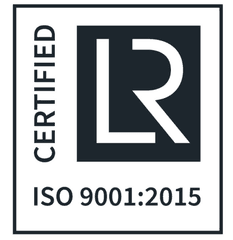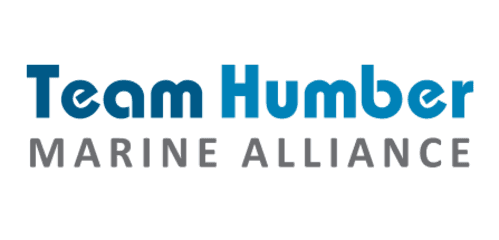Introduction
Point Eng Ltd. is renowned for its exceptional welding services, offering a variety of welding processes to suit diverse industrial needs. Among the techniques employed are Stick Welding (SMAW), MIG Welding, and TIG Welding. Each of these processes has unique characteristics, applications, and benefits, making them suitable for different types of projects.
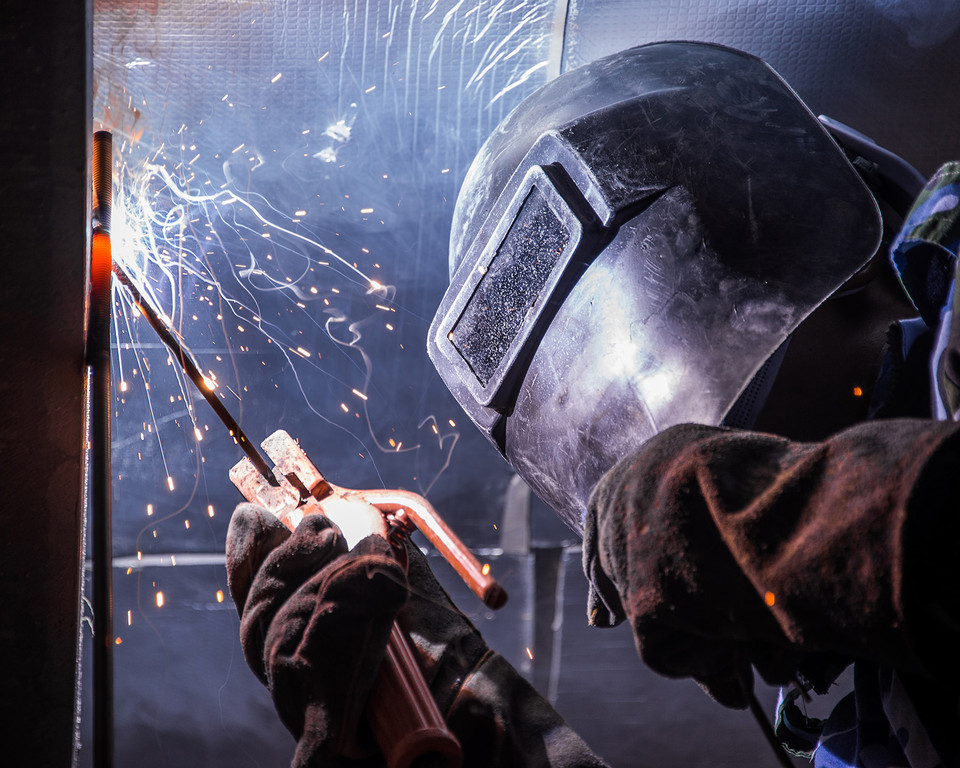
Stick Welding/Shielded Metal Arc Welding (SMAW)
How It Works
Stick Welding, also known as Shielded Metal Arc Welding (SMAW), is one of the oldest and most versatile welding processes. It involves the use of a consumable electrode coated in flux. An electric current, supplied by either an alternating current (AC) or direct current (DC) welding power source, creates an electric arc between the electrode and the metals to be joined. The heat from the arc melts both the electrode and the workpieces, forming a molten pool that solidifies to create a strong joint.
Applications
Stick welding is widely used in construction, repair work, and heavy equipment manufacturing. It is particularly effective for welding iron and steel, including stainless steel, and can be used in various positions, such as flat, horizontal, vertical, and overhead.
Advantages
- Highly versatile and can be used for a wide range of metals and alloys.
- Does not require external shielding gas, making it suitable for outdoor and windy conditions.
- Equipment is relatively simple and portable.
- Effective for thicker materials.
Disadvantages
- Produces significant spatter and slag, which requires additional cleanup.
- Slower process compared to MIG and TIG welding.
- Not ideal for thin metals due to the risk of burn-through.
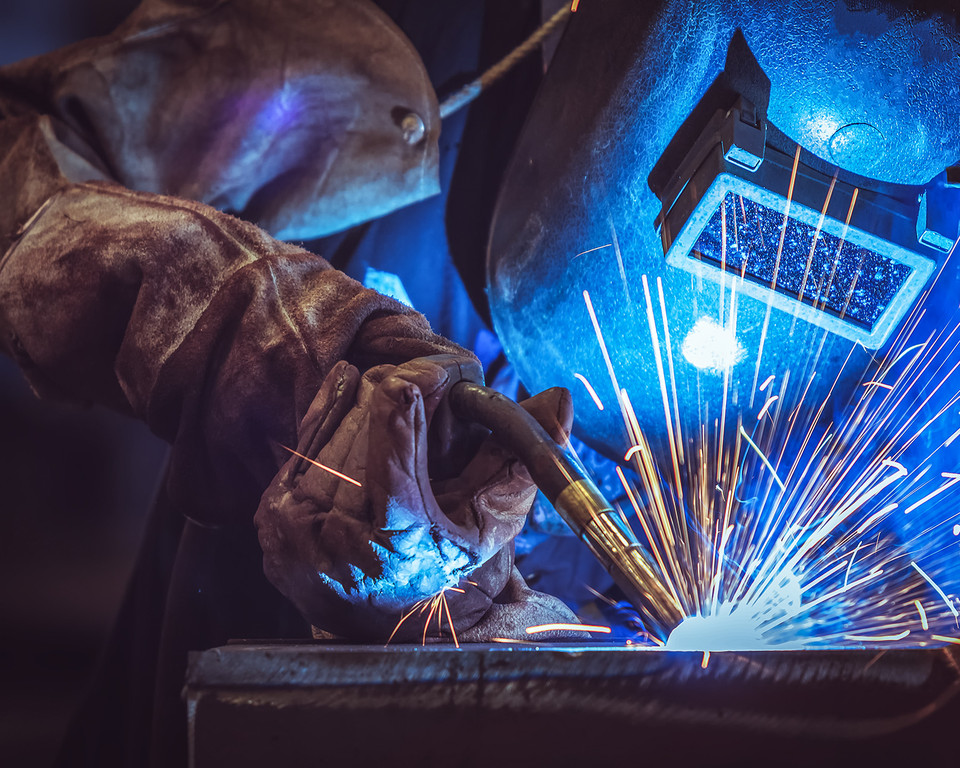
Metal Inert Gas Welding (MIG)
How It Works
Metal Inert Gas (MIG) Welding, also known as Gas Metal Arc Welding (GMAW), involves the use of a continuous wire feed as an electrode and an inert gas (typically argon or a mix of argon and CO2) to shield the weld area from contamination. The wire is fed through a welding gun, and an electric arc forms between the wire and the workpiece, melting the wire and base metal to create a weld.
Applications
MIG welding is commonly used in automotive repair, manufacturing, and fabrication industries. It is effective for welding a variety of metals, including carbon steel, stainless steel, and aluminium. MIG welding is particularly favoured for its speed and ease of use, making it ideal for high-production settings.
Advantages
- Faster welding process, increasing productivity.
- Creates clean, slag-free welds, reducing the need for post-weld cleanup.
- Easy to learn and use, making it accessible for beginners.
- Suitable for both thin and thick materials.
Disadvantages
- Requires external shielding gas, making it less suitable for outdoor or windy conditions.
- Equipment can be more expensive and less portable than stick welding.
- Not ideal for vertical or overhead positions due to the fluidity of the molten pool.
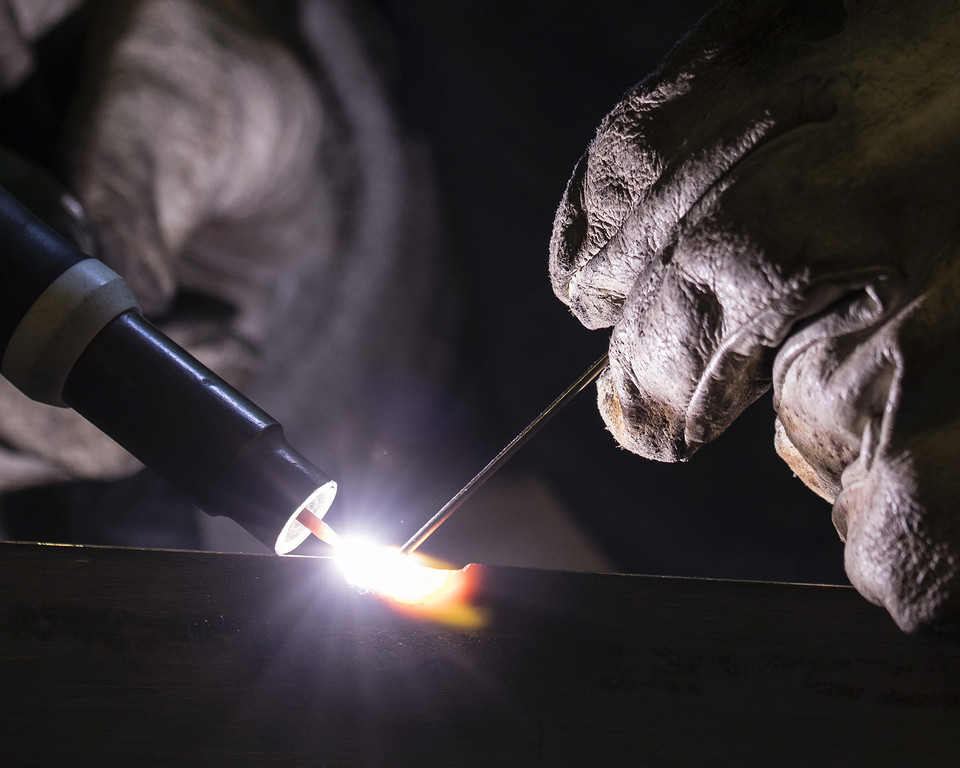
Tungsten Inert Gas Welding (TIG)
How It Works
Tungsten Inert Gas (TIG) Welding, also known as Gas Tungsten Arc Welding (GTAW), uses a non-consumable tungsten electrode to produce the weld. The weld area is protected from atmospheric contamination by an inert gas, usually argon. Filler metal, if needed, is manually added to the weld pool. The process allows for precise control over the welding arc and the amount of filler metal added.
Applications
TIG welding is used in industries that require high-quality, precise welds, such as aerospace, automotive, and art sculpture. It is highly effective for welding thin materials and non-ferrous metals like aluminium, magnesium, and copper alloys.
Advantages
- Produces high-quality, clean, and precise welds.
- Excellent control over the welding process, allowing for intricate welds.
- Suitable for welding thin materials and delicate projects.
- Versatile, capable of welding a wide range of metals.
Disadvantages
- Slower process compared to MIG and stick welding, reducing productivity.
- Requires a high level of skill and experience to master.
- Equipment is expensive and less portable.
- Not suitable for outdoor or windy conditions due to the need for shielding gas.
Conclusion
At Point Eng Ltd., the expertise in Stick Welding, MIG Welding, and TIG Welding ensures that every project benefits from the most suitable welding technique. Each process offers unique advantages and is chosen based on the specific requirements of the task, guaranteeing high-quality, reliable results for a wide range of applications. Whether you need robust structural welds, high-speed production, or precise, delicate work, Point Eng Ltd. has the welding solution to meet your needs.
© Point Eng Ltd 2025.
Registered in England #11798834
Registered VAT Number: 315 7635 00
An indicoll website
Privacy PolicyCookie PolicyDisclaimerAccessibility



